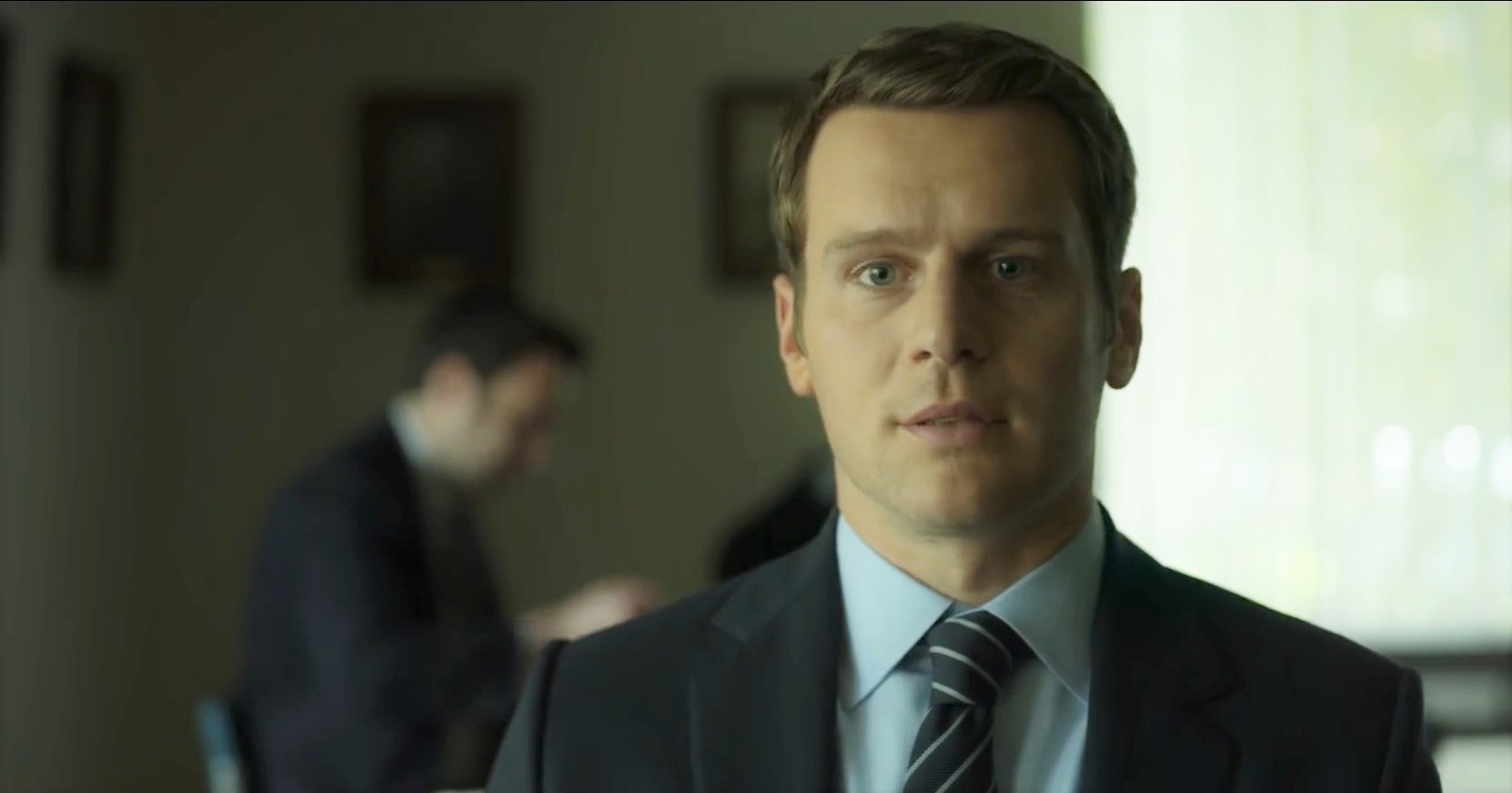
From Zodiac to Mindhunter How David Fincher Perfected True Crime Storytelling
David Fincher, known for his meticulous directing style and ability to dive deep into the human psyche, has carved out a unique space for himself in the realm of true crime storytelling. His films, particularly "Zodiac" and the Netflix series "Mindhunter", reflect a masterclass in how to portray real-life criminal narratives with haunting precision. By merging fact with fiction, Fincher brings a chilling authenticity that captures audience intrigue and leaves them contemplating the complexities of human nature.
The Art of True Crime Storytelling
Fincher's fascination with true crime narratives is evident in his body of work. In "Zodiac", he skillfully recounts the hunt for the elusive Zodiac Killer who terrorized Bay Area residents in the late 1960s and early 70s. Through his distinctive visual style, Fincher creates a sense of foreboding and dread, pulling viewers into a world where the line between reason and madness blurs. The film doesn't just focus on the killings; it delves into the obsession of those trying to solve the mystery, exploring how the pursuit itself can consume a person. It turns the audience into unwitting detectives, prompting them to engage with the material on a personal level, a technique that is pivotal in true crime storytelling.
Mindhunter: A Revolutionary Approach
With "Mindhunter", Fincher expands on his true crime vision by examining the psychological aspects of criminal behavior. Set in the late 1970s, the series follows FBI agents Holden Ford and Bill Tench as they develop criminal profiling techniques by interviewing serial killers. This narrative approach is not just about crime; it's about understanding the mindset of the perpetrators. Fincher uses meticulous pacing and character development to illustrate how these encounters affect the agents psychologically, turning the show into a profound exploration of morality, violence, and the darker corners of the human mind. His ability to blend chilling facts with compelling character arcs solidifies his status as a true artist in the genre.
The Mental Toll of Obsession
Both "Zodiac" and "Mindhunter" reveal how obsession can lead to destruction. Fincher encapsulates this theme by portraying his characters' fervent pursuits of truth and justice, yet it often comes at a personal cost. The cinematography, often tinged with dark, moody palettes, complements the stories he tells, enhancing the unease that permeates through each frame. This attention to detail doesn’t only serve the narrative; it invites the viewer to reflect on their own fascination with true crime. Fincher doesn’t shy away from presenting the grim reality of obsession, making his work resonate on a deeper level and prompting viewers to think critically about the stories being told.
Cultural Impact and Offerings
Fincher’s ventures into true crime have not only captivated audiences but have also influenced contemporary media representations of crime. His unique style has led to an increased interest in psychological thrillers and documentaries, subsequently shaping the genre. Fans of "Mindhunter" can delve deeper into this world through the "Mindhunter store", which offers a range of merchandise that pays homage to the series. This intersection of storytelling and merchandising illustrates how impactful Fincher’s work has been, allowing fans to further engage with the universe he created. The success of "Mindhunter" and "Zodiac" highlights the importance of nuance in storytelling, proving that true crime narratives can be more than just sensational stories—they can open a dialogue about society, morality, and the human experience.









